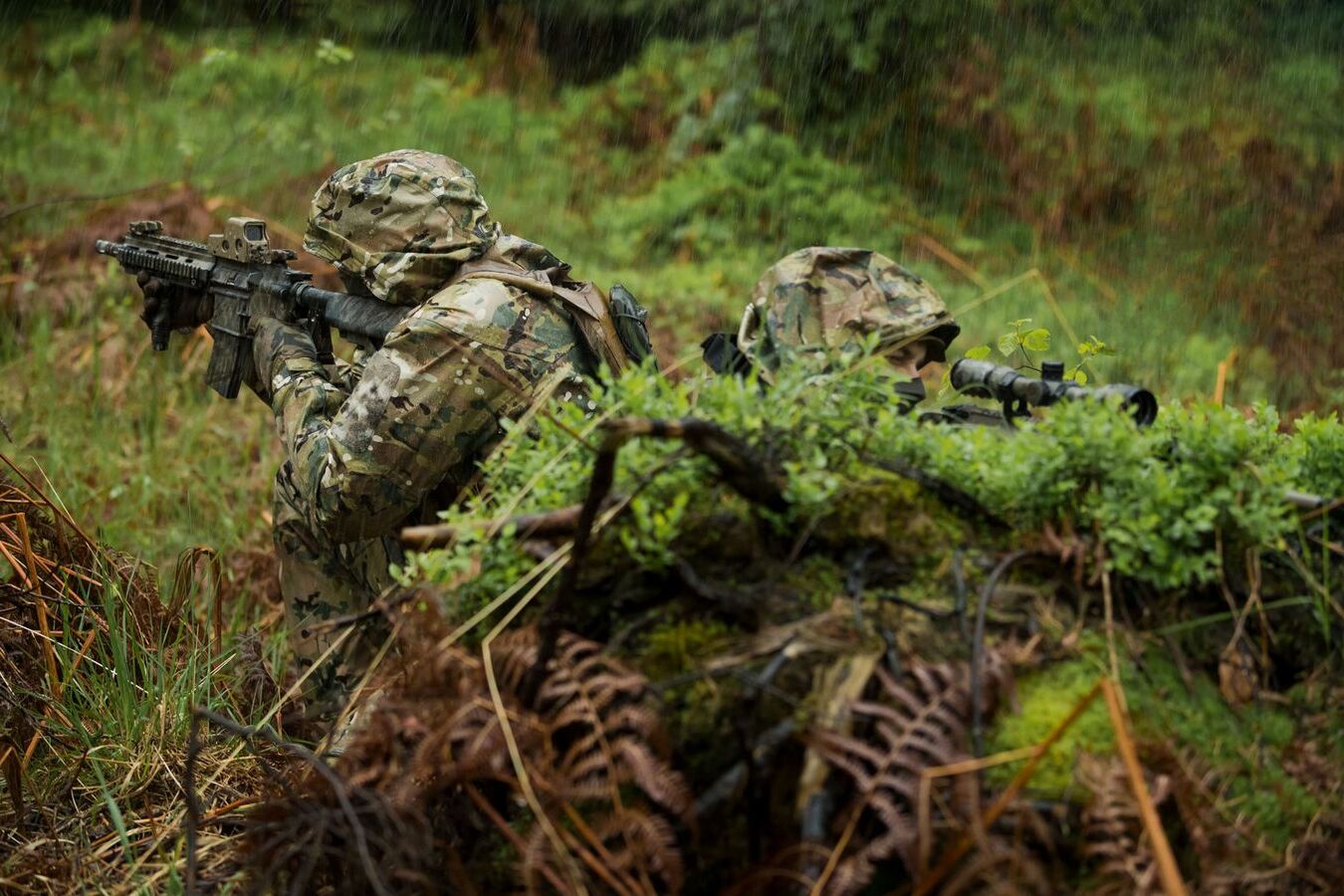
Camouflage is nature's clever trick to help animals blend into their surroundings. Ever wondered how a chameleon changes color or why a tiger's stripes make it hard to spot in tall grass? Camouflage isn't just about hiding; it's about survival. From insects that look like leaves to octopuses that mimic the ocean floor, camouflage comes in many forms. This fascinating adaptation helps creatures avoid predators, sneak up on prey, and even communicate. Whether it's the snowy white fur of an Arctic fox or the mottled skin of a tree frog, each example of camouflage tells a unique story of evolution and survival. Ready to learn more? Let's dive into 30 amazing facts about camouflage!
What is Camouflage?
Camouflage is a fascinating natural phenomenon where animals, plants, and even humans blend into their surroundings to avoid detection. This ability to hide in plain sight has evolved over millions of years and serves various purposes, from hunting to self-defense.
- Camouflage comes from the French word "camoufler," meaning to disguise.
- Animals use camouflage to avoid predators or to sneak up on prey.
- Military forces use camouflage to hide soldiers, vehicles, and equipment.
- Chameleons are famous for their ability to change color, but they do it more for communication than camouflage.
- Octopuses can change both color and texture to blend into their environment.
- Snow leopards have fur that matches the rocky, snowy terrain of their habitat.
- Stick insects look like twigs or branches, making them nearly invisible to predators.
- Cuttlefish can mimic the color, pattern, and texture of their surroundings in less than a second.
- Frogs like the Vietnamese mossy frog have skin that looks like moss, helping them hide in their forest homes.
- Birds like the tawny frogmouth have feathers that look like tree bark.
Types of Camouflage
Different species use various types of camouflage to survive. Each type has its unique characteristics and advantages.
- Cryptic coloration allows animals to blend into their surroundings by matching the color and pattern.
- Disruptive coloration uses bold patterns to break up the outline of an animal's body.
- Mimicry involves one species evolving to look like another, often more dangerous, species.
- Countershading is when an animal is darker on top and lighter on the bottom, reducing shadows and making it harder to detect.
- Transparency is used by some marine animals, making them nearly invisible in the water.
- Seasonal camouflage involves changing colors with the seasons, like the arctic fox, which turns white in winter and brown in summer.
- Decorative camouflage is when animals attach materials from their environment to their bodies, like the decorator crab.
Camouflage in Plants
Plants also use camouflage to protect themselves from herbivores. This lesser-known form of camouflage is equally fascinating.
- Stone plants in deserts look like rocks, making them hard for animals to find and eat.
- Orchids can mimic the appearance of other plants or even insects to avoid being eaten.
- Leaf insects look exactly like leaves, complete with veins and spots, to avoid detection.
- Bark-like patterns on some trees help them blend into their forest surroundings.
- Thorns and spines on cacti not only deter herbivores but also help them blend into rocky environments.
Human Use of Camouflage
Humans have adopted camouflage for various purposes, primarily in military and hunting contexts.
- Military uniforms are designed with patterns that blend into different environments, like forests, deserts, and urban areas.
- Face paint is used by soldiers to break up the outline of their faces.
- Camouflage netting is used to hide equipment and vehicles.
- Ghillie suits are worn by snipers to blend into natural surroundings.
- Hunting gear often features camouflage patterns to help hunters get closer to their prey.
- Fashion has also embraced camouflage patterns, making them trendy in civilian clothing.
Fun and Unusual Facts
Camouflage isn't just practical; it's also full of surprising and fun facts that make it even more intriguing.
The Final Brushstroke
Camouflage isn't just a clever trick; it's a survival tool. From chameleons changing colors to military uniforms blending into landscapes, camouflage plays a crucial role in nature and human activities. Animals like octopuses and stick insects use it to avoid predators, while hunters and soldiers use it to stay hidden. Even fashion has embraced camouflage patterns, making them a staple in wardrobes worldwide. Understanding these facts helps us appreciate the complexity and beauty of camouflage. So next time you see a camouflaged creature or a person in camo gear, remember the fascinating science and history behind it. Camouflage is more than just a pattern; it's a testament to the incredible adaptability of life.
Was this page helpful?
Our commitment to delivering trustworthy and engaging content is at the heart of what we do. Each fact on our site is contributed by real users like you, bringing a wealth of diverse insights and information. To ensure the highest standards of accuracy and reliability, our dedicated editors meticulously review each submission. This process guarantees that the facts we share are not only fascinating but also credible. Trust in our commitment to quality and authenticity as you explore and learn with us.


